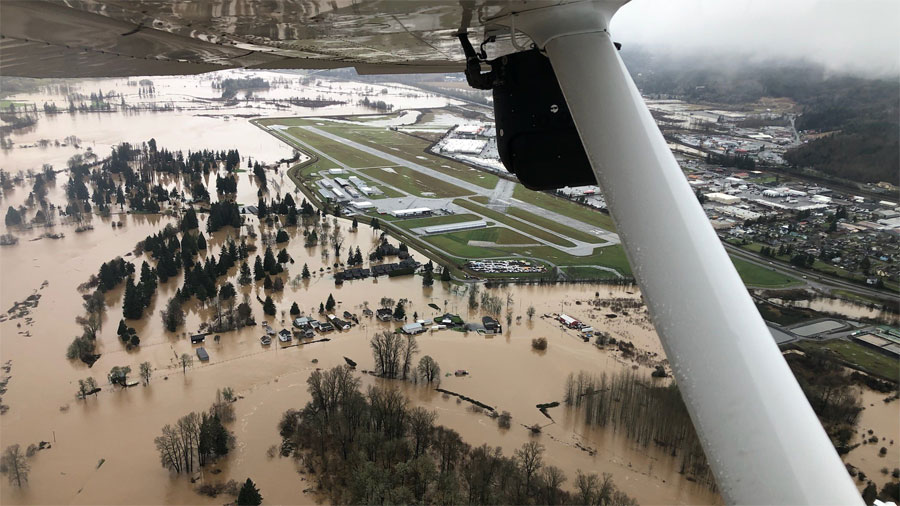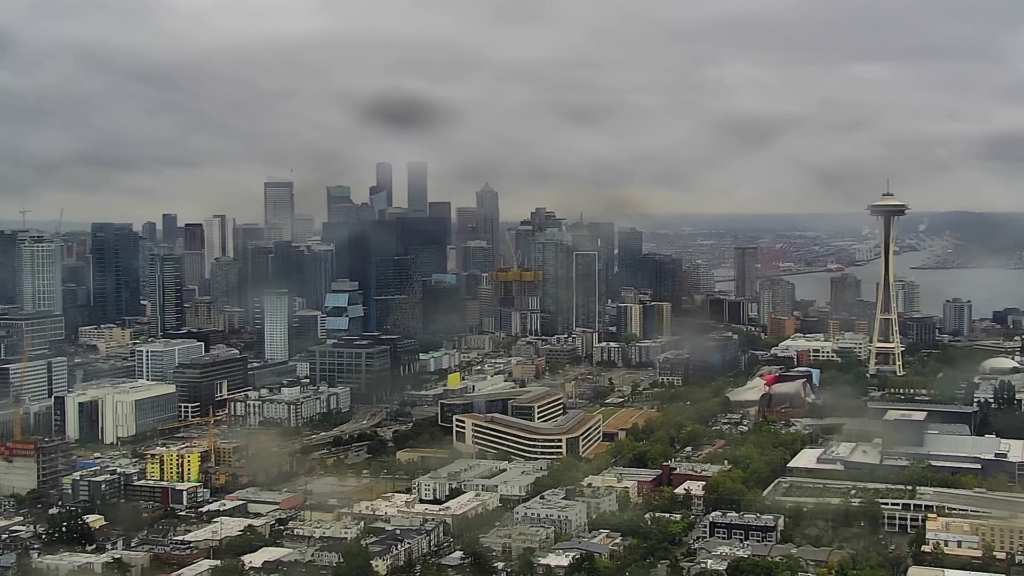In a surprising turn of weather events, Washington state sees record-breaking rainfall, easing drought concerns that have gripped the region for years. According to the National Weather Service, several areas in western and central Washington experienced the heaviest rain in over a decade.
This historic downpour not only shattered previous rainfall records but also brought a wave of relief to farmers, environmentalists, and residents facing the challenges of water shortages.
Learn more about recent weather patterns from the National Weather Service
Drought Conditions Reversed in Key Areas
Until recently, over 60% of Washington was classified as being under moderate to severe drought conditions. According to data from the U.S. Drought Monitor, weeks of consistent rain have significantly reduced dry soil levels and replenished reservoirs.

In particular, counties such as King, Pierce, and Thurston—previously in drought—have now reported nearly full reservoirs and improved soil moisture levels. This shift is expected to boost agricultural productivity and reduce wildfire risk across the state.
U.S. Drought Monitor – Current Conditions in Washington
How Much Rain Fell?
Between mid-April and early May 2025, Washington saw over 10 inches of rain in some parts, far exceeding the average for the season. Seattle recorded 6.3 inches of rain in a single week—more than triple its typical weekly average.
Meteorologists say a stalled atmospheric river—a narrow corridor of concentrated moisture—was responsible for this unusually wet period.
“We’ve never seen a sustained system like this for so long in recent years,” said meteorologist Julia Burns from the National Oceanic and Atmospheric Administration (NOAA). “It’s a powerful reminder of nature’s unpredictability.”
Positive Impact on Agriculture and Water Supply
The agricultural sector, which had been battling dry conditions for two consecutive years, is one of the biggest beneficiaries of this rainfall. Apple orchards in Wenatchee and vineyards in Yakima Valley are expected to produce higher yields thanks to improved soil hydration.
Moreover, the Columbia River Basin, which supplies water to both Washington and neighboring Oregon, has reported a 20% increase in water levels, easing earlier fears of irrigation cuts and water restrictions.
Washington State Department of Agriculture – Current Crop Conditions
Rainfall Also Brings Short-Term Challenges
While the long-term benefits are undeniable, this extreme rainfall has also created short-term problems, especially in urban areas.
Several low-lying neighborhoods in Spokane and Tacoma experienced localized flooding, with roads submerged and minor property damage reported. Emergency services responded quickly, and no major injuries were recorded.
“People are happy about the rain, but we must now focus on improving our drainage systems to handle such volumes in the future,” said Spokane Mayor Nadine Woodward.
Environmentalists See a Mixed Picture
Environmental groups like Washington Wild and The Nature Conservancy are cautiously optimistic. While the rainfall improves stream flows and aquatic habitats, they warn that climate variability could lead to longer dry spells or more extreme weather in the future.
“Rain now doesn’t mean we’re safe forever,” said Amanda Green, an environmental scientist. “We need to invest in sustainable water practices, even when nature gives us a break.”
Are We Out of the Drought Danger Zone?
Experts believe that while this rainfall is a major step forward, Washington is not completely out of the woods yet.

Climate scientists at the University of Washington suggest that long-term water management and conservation efforts remain crucial. One season of record rain cannot completely undo years of drought stress on forests, rivers, and infrastructure.
University of Washington Climate Impacts Group – State Climate Info
Local Voices: Relief and Realism
Residents across Washington have expressed mixed reactions. For many, it’s a time for cautious celebration.
“I’ve lived here for 40 years, and this is the wettest I’ve ever seen it in spring,” said Mike Landers, a retired schoolteacher from Olympia. “My well is full, my garden’s thriving, but I know we have to stay careful.”
Others in agriculture are already preparing to capitalize on the opportunity, with renewed planting efforts and hopes for increased market supply.
Preparing for a Wetter Future?
As Washington adjusts to the aftermath of the rainfall, policymakers are discussing how to build more resilient infrastructure. Proposals include expanding stormwater storage systems, reinforcing dams, and increasing support for climate adaptation programs.
“We want to make sure this kind of rainfall is a blessing, not a disaster,” said Governor Jay Inslee in a press statement. “That requires thoughtful planning and community engagement.”
Conclusion: A Welcome Change, but Not the End of the Story
The recent downpour that swept across Washington has provided much-needed relief to a region plagued by dry conditions. Washington state sees record-breaking rainfall, easing drought concerns, but the journey toward climate resilience is far from over.
As the state enjoys greener landscapes and fuller reservoirs, it must also prepare for the complex climate patterns of the future.
For now, the rain has brought a deep breath of relief—alongside an important reminder: water is life, but managing it wisely is survival.
If you’d like to stay updated on regional climate and weather reports, follow updates from:
Also Read – 42% of Houston Land Is Rapidly Sinking Every Year





